The world is home to breathtaking wilderness areas, from dense forests and remote mountains to vast deserts and untouched coastlines.
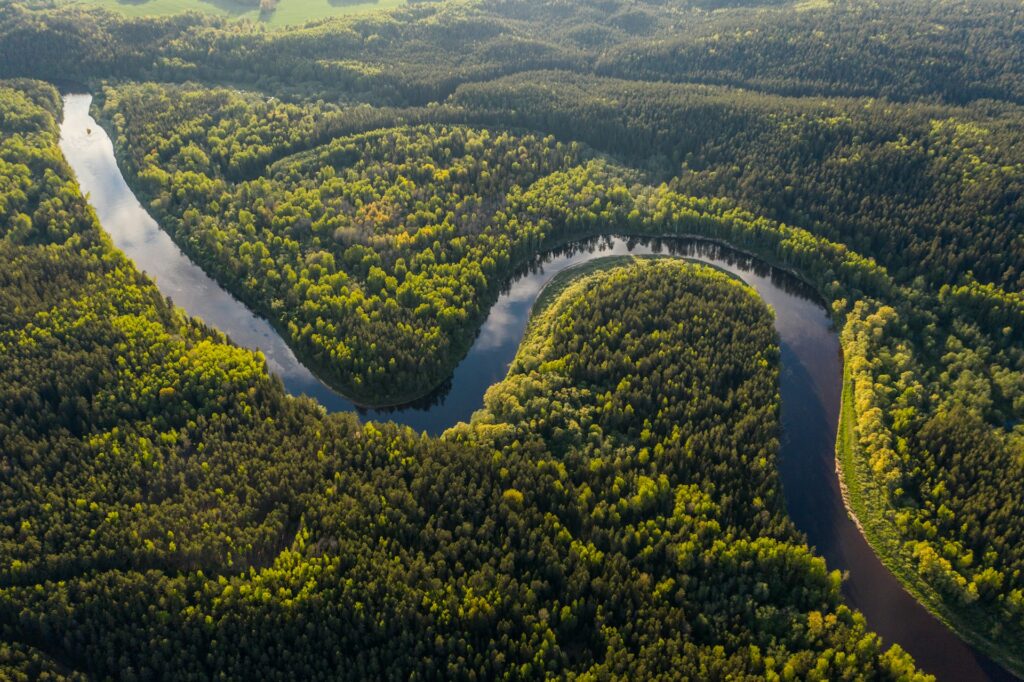
These places are not only visually stunning but also vital for biodiversity, climate regulation, and cultural heritage. However, many of these landscapes are under threat due to deforestation, climate change, pollution, and human expansion. Protecting them ensures that future generations can experience their beauty and that the delicate ecosystems they support continue to thrive. Here are some of the most stunning wilderness areas that need our help—and how you can contribute to their preservation.
The Amazon Rainforest is the world’s largest tropical wilderness.
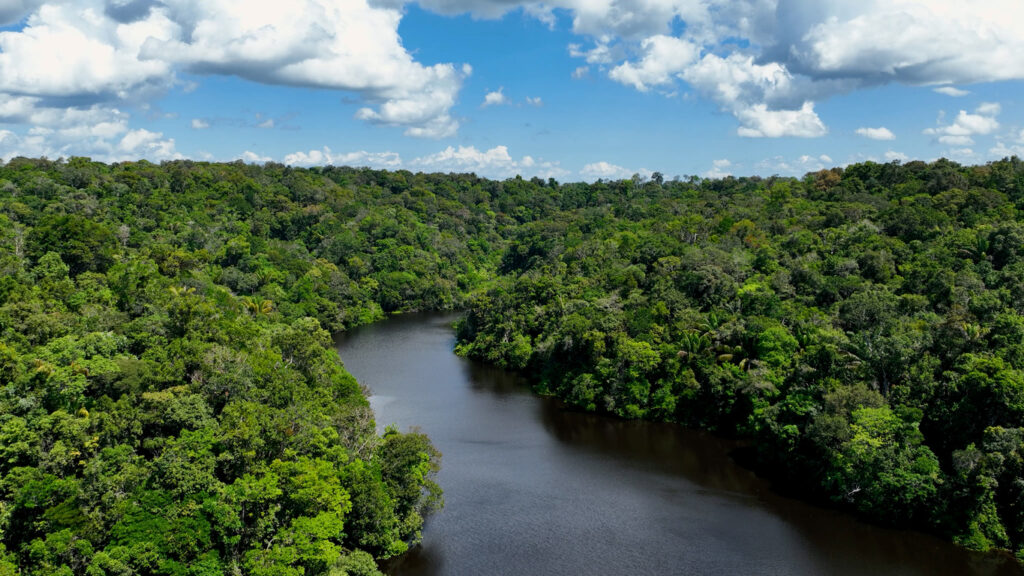
Spanning nine countries in South America, the Amazon Rainforest is often called the “lungs of the Earth” because it produces about 20% of the world’s oxygen. It is home to an astonishing array of wildlife, including jaguars, macaws, pink river dolphins, and countless insect species, many of which have yet to be discovered.
However, deforestation, illegal mining, and land clearing for agriculture are rapidly destroying the Amazon. To help protect it, support organizations working on reforestation projects, avoid products linked to deforestation (such as unsustainable soy and palm oil), and advocate for policies that protect indigenous land rights, as indigenous communities play a crucial role in conservation.
The Arctic is warming faster than anywhere else on Earth.

The Arctic is one of the most fragile and awe-inspiring wilderness areas on the planet. This vast, icy expanse is home to polar bears, Arctic foxes, narwhals, and massive seabird colonies. The region’s ice sheets and permafrost also help regulate the Earth’s climate by reflecting sunlight and storing vast amounts of carbon.
Yet, the Arctic is warming at twice the rate of the global average, leading to ice loss, rising sea levels, and disruptions to wildlife migration patterns. Supporting climate action initiatives, reducing carbon footprints, and advocating for stronger environmental policies can help slow the damage and preserve this unique environment.
The Great Barrier Reef is one of the most biodiverse marine ecosystems.

Stretching over 1,400 miles (ca. 2,253 km) off the coast of Australia, the Great Barrier Reef is the largest coral reef system in the world. Its vibrant underwater landscapes support thousands of marine species, including sea turtles, sharks, and clownfish.
However, warming ocean temperatures have caused widespread coral bleaching, and pollution from agriculture run-off continues to threaten the reef’s delicate ecosystem. To help, reduce plastic waste, support organizations focused on reef restoration, and choose eco-friendly tourism operators when visiting marine environments.
The Congo Basin is a vital rainforest under threat.
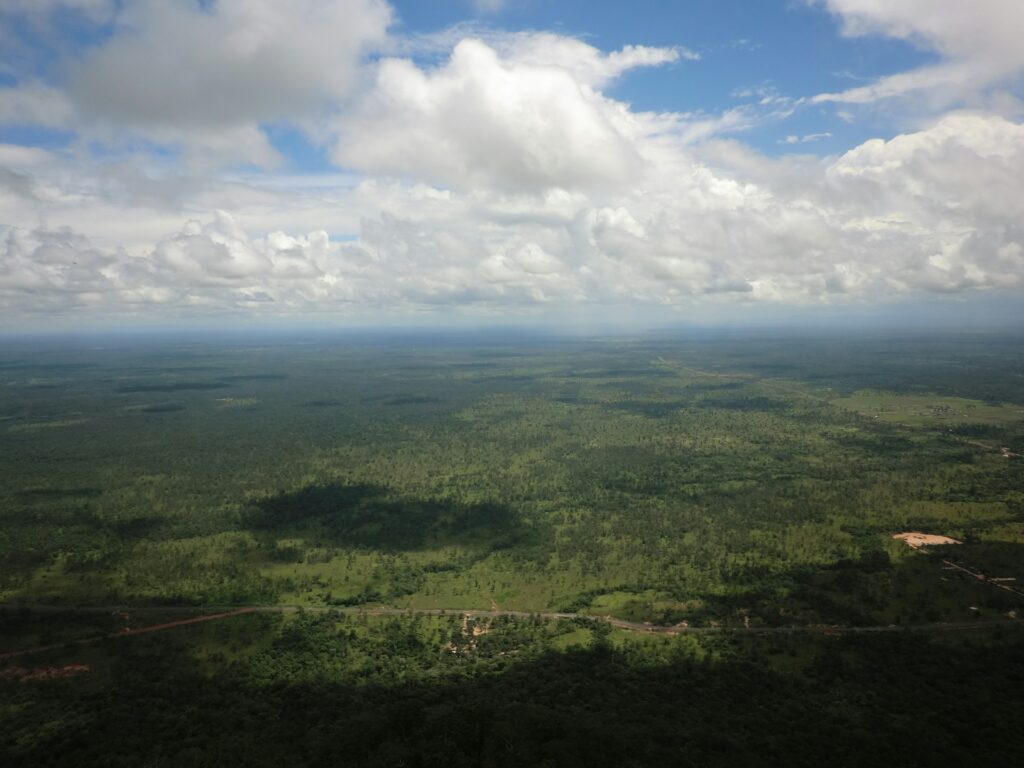
The Congo Basin, spanning six Central African countries, is the second-largest rainforest in the world and one of the most important carbon sinks on the planet. It provides habitat for endangered species like gorillas, chimpanzees, and forest elephants while also supporting millions of people who rely on its resources.
Illegal logging, mining, and deforestation are putting immense pressure on this region. Supporting conservation organizations, promoting sustainable products (such as responsibly sourced wood), and helping raise awareness about the importance of rainforest preservation can make a difference in protecting this ecosystem.
Patagonia offers some of the last untouched landscapes.
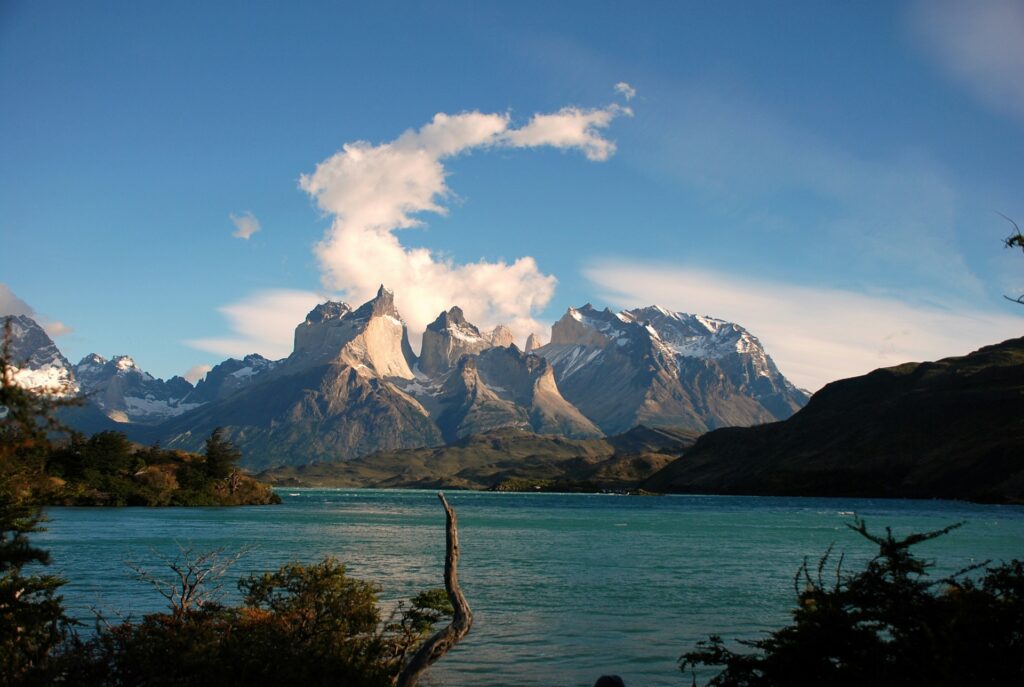
Patagonia, which stretches across Argentina and Chile, is one of the most remote and pristine wilderness areas in the world. It features dramatic mountain ranges, massive glaciers, and windswept steppes that provide refuge for wildlife such as pumas, guanacos, and condors.
While Patagonia remains largely untouched, increased tourism and climate change threaten its fragile ecosystems. To help preserve it, choose responsible tour operators, stay on designated trails, and support conservation groups working to maintain its wilderness areas.
The Borneo Rainforest is home to critically endangered species.
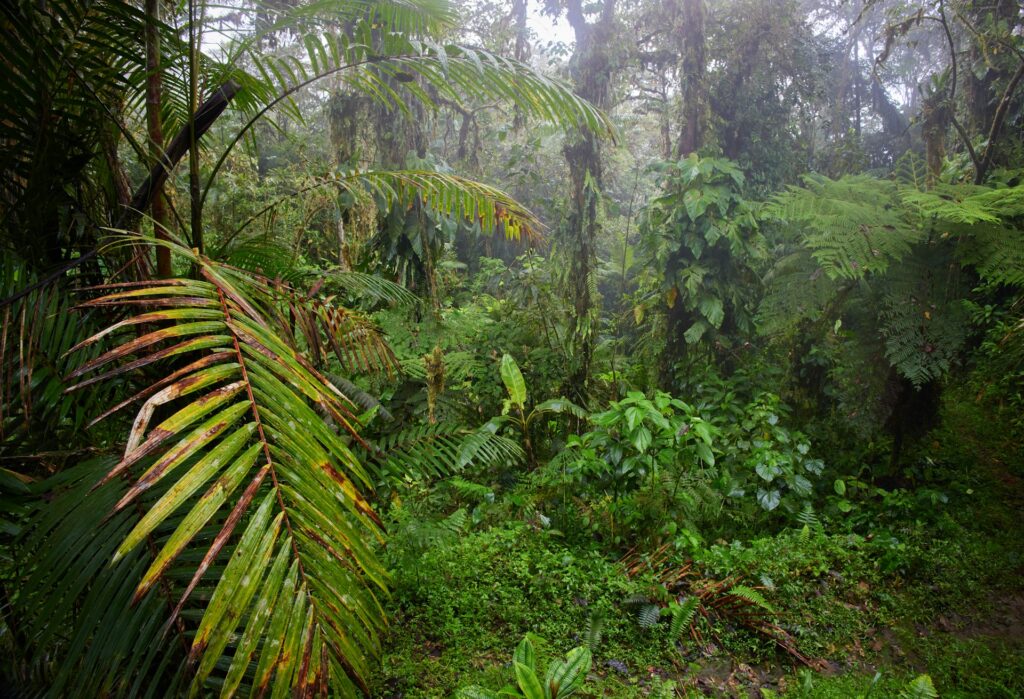
The Borneo Rainforest, one of the oldest rainforests in the world, is home to species found nowhere else, including orangutans, pygmy elephants, and proboscis monkeys. It also serves as a crucial habitat for thousands of plant and bird species.
Deforestation, largely driven by palm oil plantations, has severely reduced Borneo’s rainforest cover. To help, look for sustainable palm oil certifications when purchasing products, support organizations that protect orangutan habitats, and promote reforestation efforts in the region.
Yellowstone National Park is a global conservation success story.

Yellowstone, the first national park in the world, spans parts of Wyoming, Montana, and Idaho. It boasts geothermal wonders like Old Faithful and vibrant wildlife populations, including wolves, bison, and grizzly bears.
Though it is well-protected, challenges such as climate change, invasive species, and rising tourism pressures threaten its ecosystem. Visitors can help by following park guidelines, practicing Leave No Trace principles, and supporting conservation initiatives that protect native species.
The Galápagos Islands are a fragile paradise.
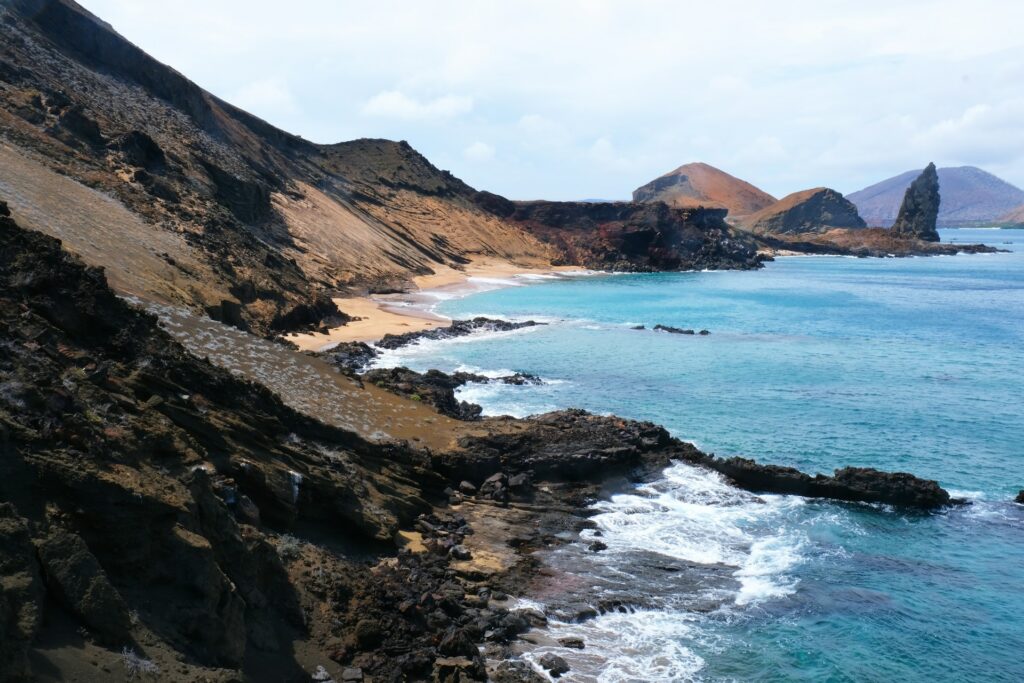
The Galápagos Islands, located off the coast of Ecuador, are famous for their role in Charles Darwin’s theory of evolution. The islands are home to unique species such as giant tortoises, marine iguanas, and blue-footed boobies.
However, invasive species, overfishing, and the impact of tourism are putting the fragile ecosystem at risk. To help preserve the Galápagos, choose responsible travel operators, follow strict conservation guidelines while visiting, and support sustainable fisheries.
The Himalayas hold the world’s highest peaks and hidden biodiversity.
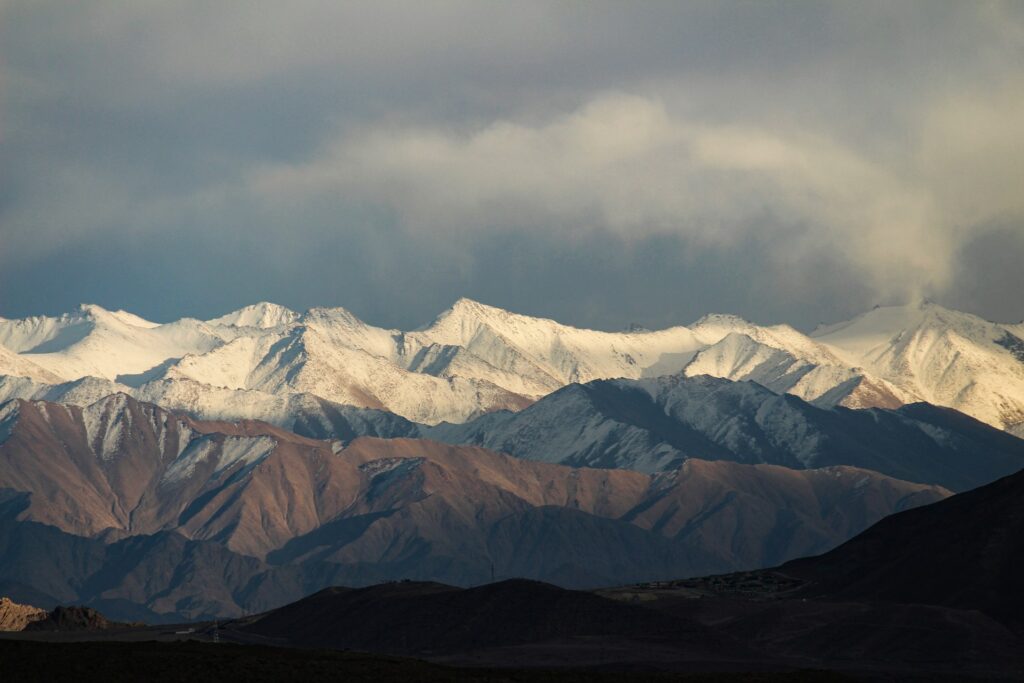
The Himalayas, home to Mount Everest and other towering peaks, are more than just a mountaineer’s dream—they are also a critical ecosystem supporting snow leopards, red pandas, and yaks. The region’s glaciers provide water to nearly two billion people across Asia.
Yet, climate change is causing Himalayan glaciers to melt at alarming rates, threatening both the wildlife and the people who depend on them. Supporting climate action, promoting sustainable tourism, and raising awareness about glacial retreat are essential steps in preserving this incredible mountain range.
The Pantanal is the world’s largest tropical wetland.
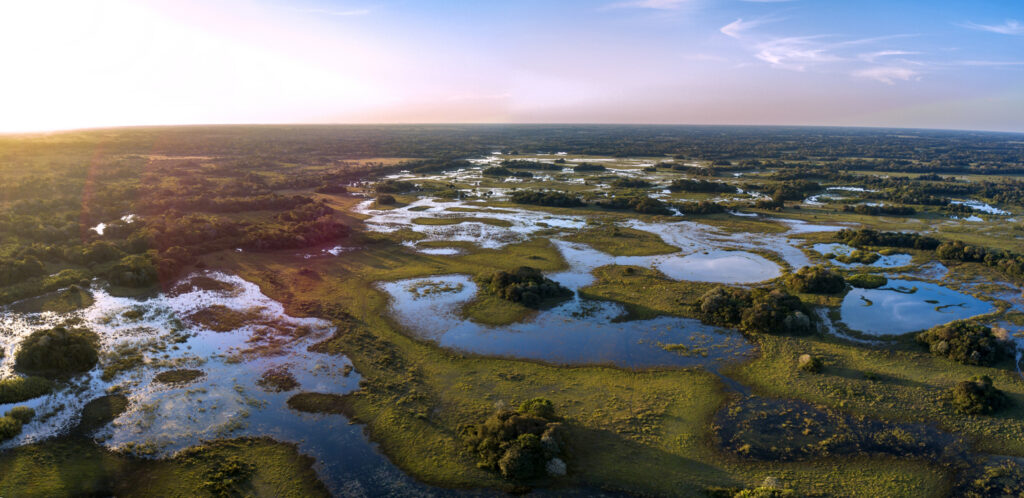
Often overshadowed by the Amazon, the Pantanal spans Brazil, Bolivia, and Paraguay and is one of the most important freshwater ecosystems in the world. It is a haven for jaguars, giant otters, caimans, and hundreds of bird species.
Despite its ecological importance, the Pantanal faces threats from agriculture, wildfires, and water pollution. Supporting sustainable farming initiatives, donating to conservation projects, and advocating for wetland protection policies can help safeguard this biodiversity hotspot.
The Namib Desert is one of the oldest and most resilient ecosystems.
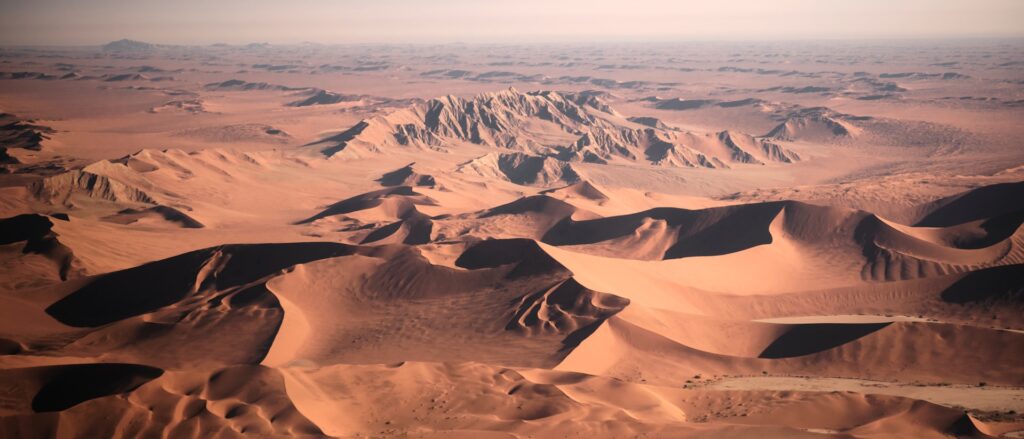
The Namib Desert, stretching along the coast of Namibia, is thought to be the world’s oldest desert, dating back at least 55 million years. Its extreme conditions have led to the evolution of highly specialized wildlife, such as desert-adapted elephants, oryx, and the bizarre-looking Welwitschia plant, which can live for over 1,000 years.
However, mining, habitat destruction, and climate change pose threats to this fragile desert. Choosing sustainable tourism operators and supporting conservation efforts can help protect one of the planet’s most unique environments.
How You Can Help Preserve These Wilderness Areas

Protecting these incredible landscapes doesn’t require a global expedition—small, everyday actions can have a big impact. Here’s how you can help:
Support conservation organizations – Many of these areas rely on nonprofit groups to fund protection efforts. Consider donating or volunteering.
Practise responsible tourism – Choose eco-friendly travel companies, respect local wildlife, and minimize your impact when visiting natural areas.
Reduce your carbon footprint – Climate change is one of the biggest threats to wilderness areas. Using less energy, eating sustainably, and reducing waste can help.
Avoid products linked to deforestation – Be mindful of palm oil, soy, and unsustainable wood products, which contribute to habitat destruction.
Raise awareness – Educating others about the importance of these ecosystems can inspire collective action and policy changes.
The beauty of the planet’s wilderness is that it has the ability to recover when given the chance. By taking action, whether through advocacy, conservation support, or personal choices, we can help ensure that these stunning landscapes remain untouched for generations to come.